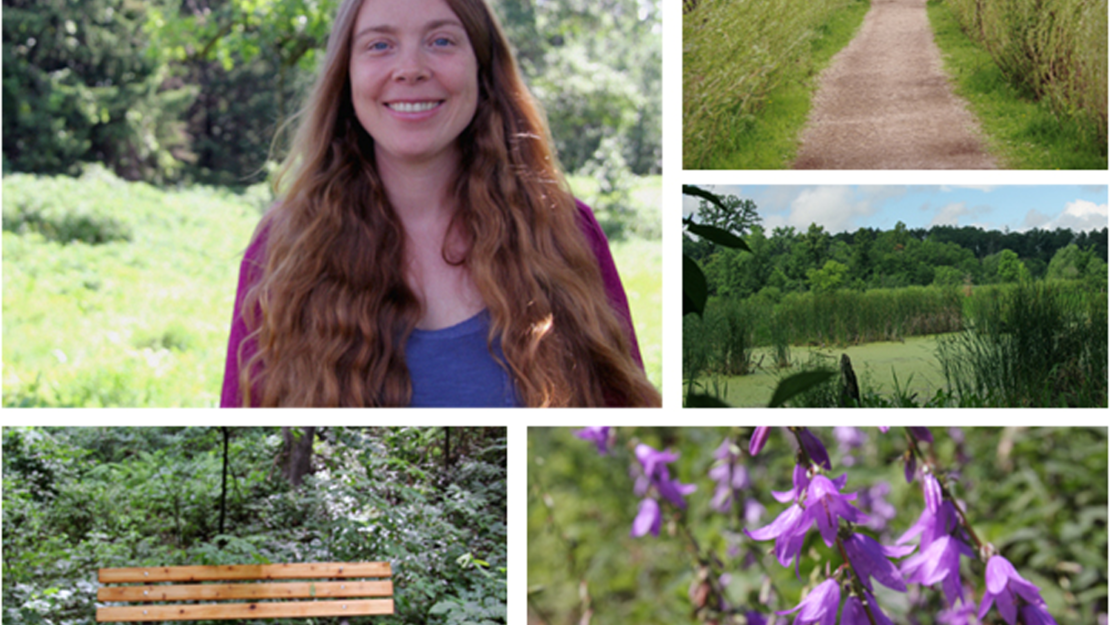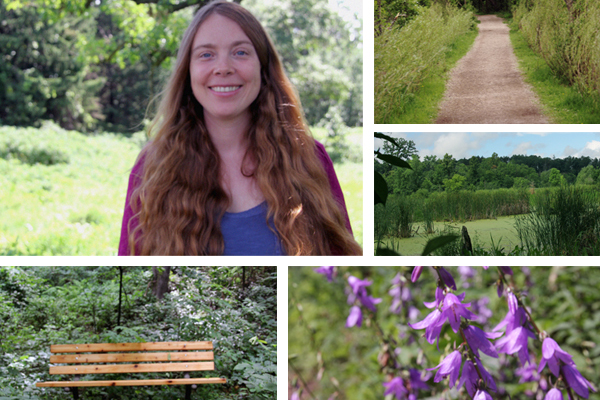Beyond Buckthorn: A discussion with garden curator Susan Wilkin


By: Jennifer Kaiser
Back when the snow piled at least two-feet high and
winter refused to give way to spring, our Youth Outdoors Crew (YO5) was
assigned a vast buckthorn removal project at Theodore Wirth Park. We
spent a few days working alongside Susan Wilkins, Curator of the Eloise Butler Wildflower Garden,
whose enthusiasm for the landscape was contagious. I was curious to
learn more about the natural history of the area, so I arranged a
meeting with Susan.
She invited me into her rustic workshop near the
southern entrance to the garden, and we began a conversation about the
continuous maintenance efforts in the garden and park. “A lot of people
see it as an untouched, pristine place,” she explains. “They don’t
realize, especially in these urban areas, that it takes a lot of effort
to maintain these natural spaces. We have a tendency to think that
nature is taking care of itself all the time and that there are checks
and balances. In a healthy system that’s the case, but in these more
disturbed systems there aren’t those checks and balances. And when
invasive plants move in, it throws everything for a loop.”
Year-round Susan and various groups of dedicated
volunteers cut buckthorn, pull garlic mustard and even work to keep
native species in check, some of which have tendencies to spread
rapidly.
As one of the volunteers involved in the invasives
removal, I couldn’t help but imagine what the park may have looked like,
say, 100 years ago. Susan helped to paint a mental picture:
“Historically, before Europeans began moving in, Theodore Wirth appeared
to be more of an oak savanna, with pockets of maple and basswood
forests and bogs. It would have been a lot more open here. You would
have seen the full oak canopy extended – now it’s surrounded by other
trees.”
Buckthorn’s proliferation allowed forests to grow
around very mature oaks, and the once open savanna landscape has now
turned into a dense forest. Susan expressed her concern that the oak
savanna may be one of the most endangered ecosystems in our area.
Naturally, talk of endangered ecosystems and
invasive species had a sobering effect and prompted me to ask, “Why do
we put forth so much effort into maintaining small pockets of land when
the problem seems infinite beyond park boundaries?”
According to Susan there’s a silver lining to even
some of our most dire environmental obstacles. “I have firsthand
experience seeing the transformation, so I do believe that the work is
very valuable. When I started, there was a fair amount of mature
buckthorn and garlic mustard surrounding the whole garden; it was very
challenging to keep up with. So, we started getting more people involved
with the removal efforts. At first it was a little questionable
because, A – Could we remove everything and keep up with it? And B –
There was so much disturbance with the removal efforts, that for the
first couple of years, it looks almost worse.”
Here I interjected, “Yes! Sometimes when we finish a day’s work it looks like a war-zone.”
In agreement, she continued, “Then this amazing
thing happens. After several years the momentum shifts to a different
direction. [These areas] are now coming back and they’re vibrant native
plant communities. You’ll see oak seedlings, maple seedlings, trilliums,
and jack-in-the-pulpits.”
After our conversation I walked through the prairie
and garden, and noticed with more care the oak seedlings and
Jack-in-the-pulpits. Proof that with determination like Susan’s, there
is hope that we can undo some of our own, human-influenced damage.